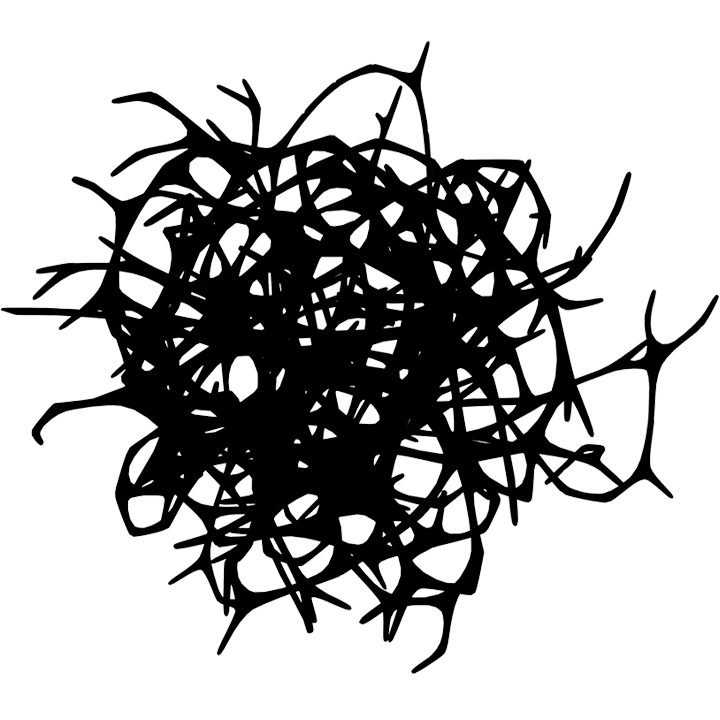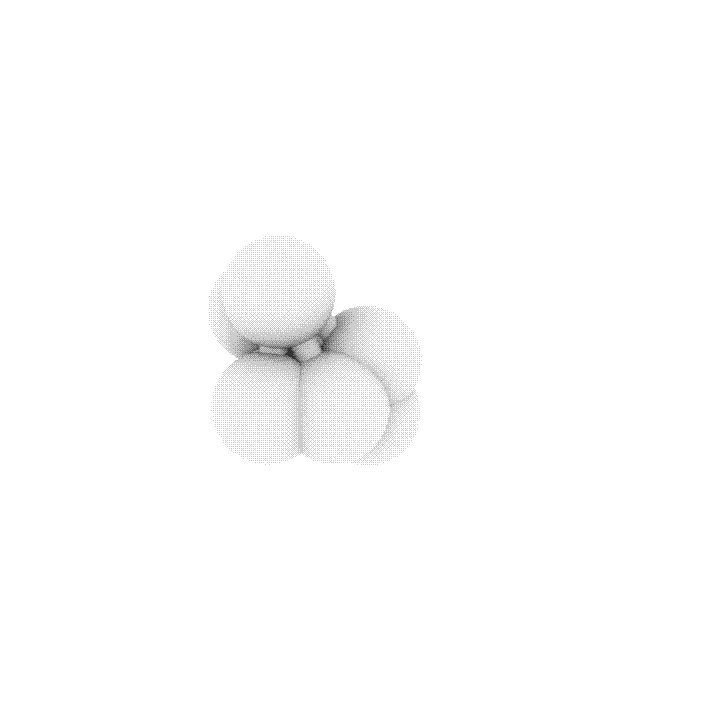Art Network
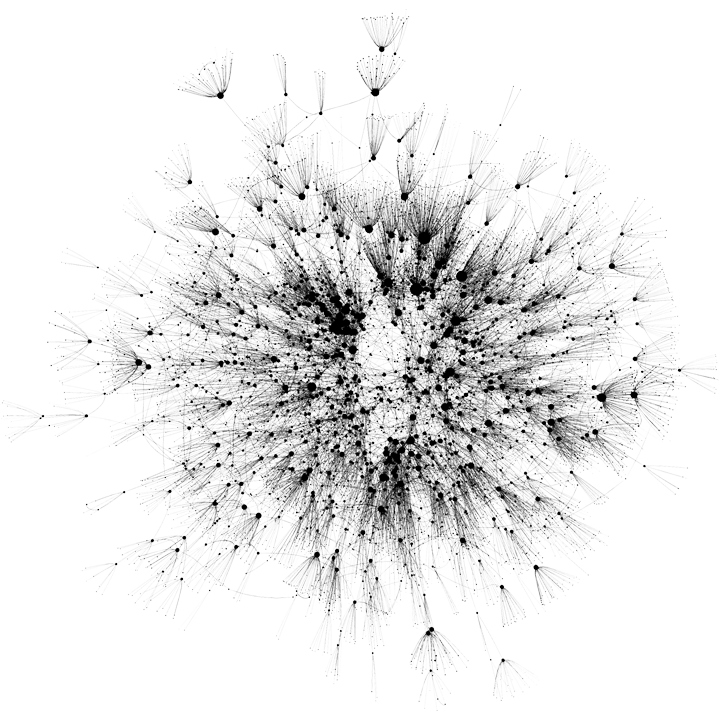
Art network shows Museums and Galleries grouped by geographical location. Connections between two institutions are formed when an artist exhibits at both.
Flavor Network
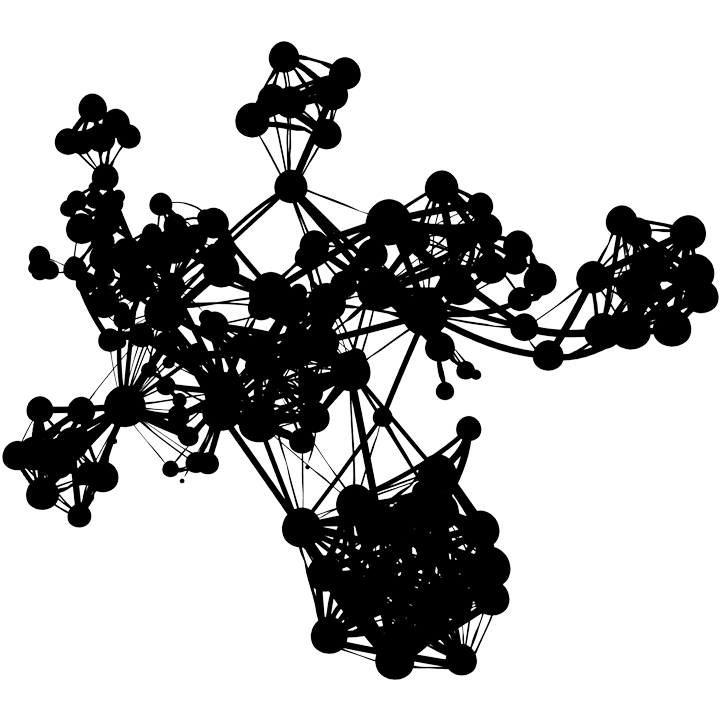
The Flavor Network is a correlation-based network of food ingredients based on the number of flavor compounds they share, formed by Ahn et al.
Diseasome Network
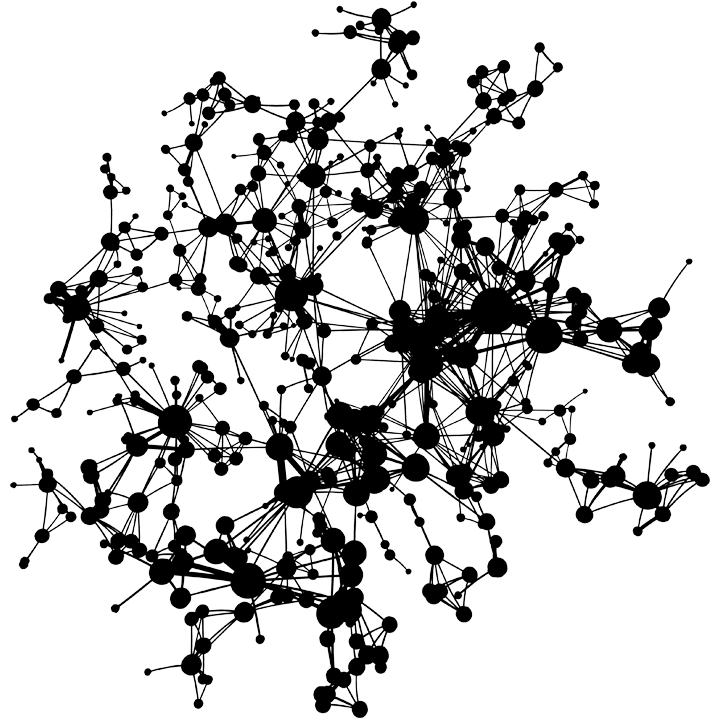
The Diseasome Network is a network of diseases based on the similarity in genetic mutations causing them, derived by Vidal et al.
Mouse Brain Network

The Mouse Brain Network consists of bundles of axons connecting various brain regions. Data processed by Emma Towlson and Jose Brum from The Allen Institute Brain Atlas database.
Network of Scientific Disciplines
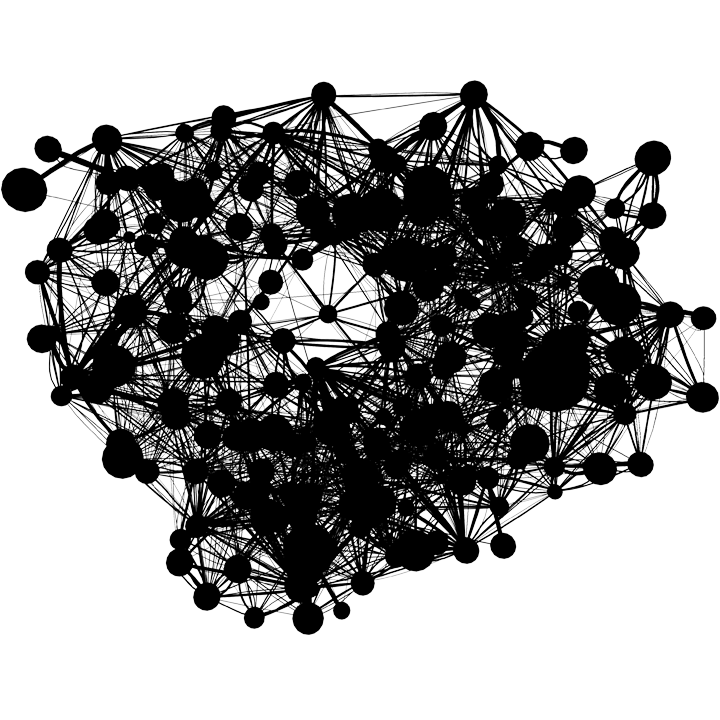
The Network of Scientific Disciplines where link weights are based number of citations from one field to another. Note the ring-like structure, revealing an interesting fact about dependence of various fields on one another.
Fake News Network
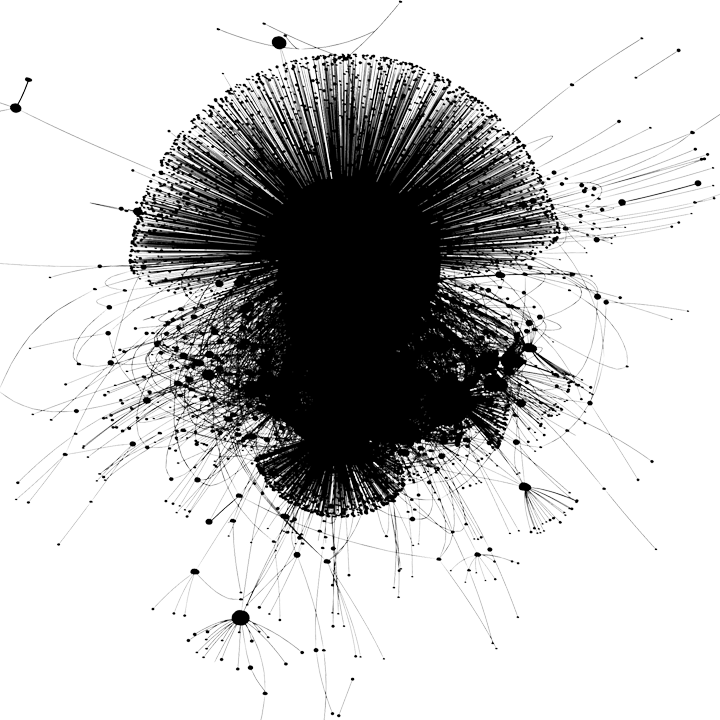
The Spread of fake news is a diffusion network of a popular fake news about #pizzagate shared by infowars (Details of the article can be found here). Accounts participating this online conversation collected by Hoaxy system and each account evaluated by Botometer to identify accounts with automation.

